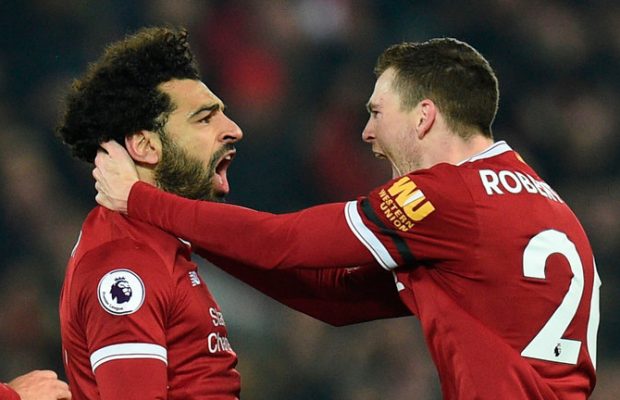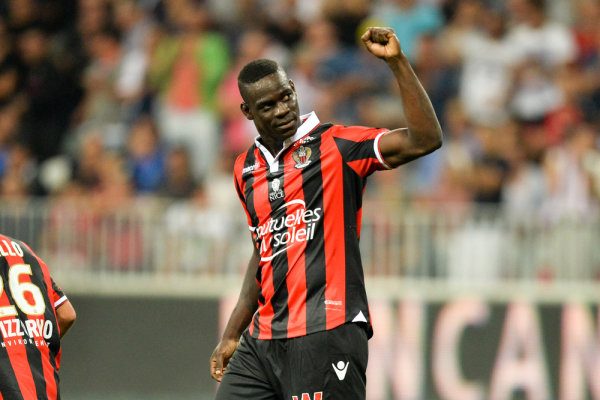Chelsea FC: Why Conte must improve the club’s tactical setup
The only downside of winning a title is the extra hard work needed to match expectations in the post-title season as there is always some extra pressure on both the team and manager.
Two seasons ago when Chelsea won the league they were surprisingly found to struggle to even stay at the top half of the table. There were of course some factors which had contributed to their surprising collapse.
Let’s look at these challenges to see how likely Chelsea FC is to face the ‘cyclical’ downfall again following their fifth title.
Predictable
First, Chelsea became easily predictable in the season following their last Premier League title. The oppositions had worked out Hazard, Fabregas, and Costa very well, all being marked tightly.
Jose didn’t ‘update’ his tactics and strategies either at the game or at the player level.
It was only when their new boss Conte joined them that there was a successful transformation.
Yet, the opposition teams would again figure out some way to get out of their 3-4-3 solidity – and some of them have done already as shown in some fixtures of the 2016-17 season including the FA Cup final.
Conte must add richness to his tactics and wide positions for the coming season to match up the now-increasing expectations.
Lack of pre-season training
The second challenge Chelsea faced during 2015-16 was limited pre-season training which could have prepared the squad physically, tactically, and mentally to face the upcoming challenges.
Conte, on the other hand, has been more focused towards building up physical and mental strength of his players along with the tactical teaching for his first pre-season training.
For the coming season too, he would certainly make sure his players are full of all these strengths to compete at the two major fronts.
Inadequate personnel management
The third challenge was inadequate personnel management by Jose.
The key subjective factors behind a successful season are players’ motivation level and a strong bond and trust between the manager and his players. Chelsea were at the worst in both criteria for the 2015-16 season under Jose.
In fact, as per their same boss, the hardest season is the year after you win because all other teams have extra motivation.
Chelsea players were overconfident at the start of the 2015-16 season and then kept going down due to their lack of direction while losing confidence – and so they couldn’t manage to deal with the pressure.
Fabregas and Hazard seemed like they had forgot their game and Costa wasn’t confident enough to get into the penalty area.
This sports psychology issue is an important part of man management which Jose ignored.
Another important part of personnel management, which Jose ignored in 2015-16 season is that he somehow lost the trust of his players mainly due to his blaming of the players on media which only worsened the damage.
Jose’s inability to convince players of his more defensive tactical plan
Besides, the only change Jose planned to bring about during his post-title season, i.e. to add defensive responsibilities to his key attacking players – Fabregas and Hazard, had been without convincing those players.
Hazard, who had been injured and predictable, and Fabregas, who is naturally inclined to start from deep yet proceeding to the attacking zone, were surely not up to diluting their attacking profile by undesirable defending stats.
In fact, Mourinho’s unimpressive personnel management resulted in the underperformance of his most players – Fabregas, Costa, and Ivanovic even drastically improved after Jose was overtaken by Hiddink.
Conte’s good personnel management skills
Conte, on the contrary, has upper hand in motivating his players and convincing them to adapt as per the need.
It was the trust between him and his players which allowed the fluid transformation first to 4-3-3 and then to 3-4-3 with almost all the players found their way to fit in.
Even Fabregas did too near the season end. Hazard, who had struggled to work off-the-ball last season, also improved radically this season in tracking back and his individual work-rate.
Conte has convinced his players to get the best out of them as per the system’s needs while allowing them to focus on their desired role.
Lack of defensive stability
Fourth, Chelsea were lacking their defensive stability for most of the 2015-16 season under Jose.
John Terry was not consistently among the back 4, which led to backline instability. Ivanovic performed poorly at the right and was out of the starting lineup for about a month due to injury.
The midfield had failed to shield the back four and was mostly defensively unstable due to pairing of Matic with Fabregas. The defense had also demonstrated a couple of instances of bad pressing.
Lack of midfield stability
The 4-2-3-1 formation by Jose was also one of the biggest defensive mistakes due to the inability of attacking wingers to join back the midfield pivot, or their tendency to cut inside too much, leaving the pivot isolated and unable to protect the back four.
It’s a natural drawback of this formation, especially when wingers lack defensive discipline.
The formation also provides static balance and equal responsibility across all the players which allows too many players to stay flat during transitions.
Conte’s back 3 defensive solidity
Coming back to the current times, Conte’s the back 3 and the double pivot of Matic-Kante have been solid ever since their inception in this form and will be able to block the attacking threats of domestic and European sides in the coming season too.
The dynamic balance of 3-4-3 provides fluidity both up and down the flanks. This also has allowed Hazard to focus on staying forward most of the time.
Yet, Conte still needs to work on the pressing tactics of his wing-backs, especially the right wing, and forward wingers to increase threat to the opposition.
Hopefully, he would also sign at least one more compatible midfielder as backup since injuries are expected next season.
Overcrowding effect of the 4-2-3-1 in the Premier League
Lastly, most of the premier league teams had started using 4-2-3-1 or similar system by 2015-16.
Even though the formation is good for pressing and passing via smooth transition but for two teams using it against each other, it leaves very little space for each to create or find much routes towards opposition’s goal.
In fact, this must be a highly contributing factor behind the lowest scoring rate per game for the 2015-16 season. Chelsea were one of the main victims in this regard.
Even the tactics of exchanging positions by players in this formation further narrows the game rather than adding fluidity to it due to the equally and highly-crowded midfields of both teams.
Conte’s 3-4-3 attacking fluidity
Blues won’t face any overcrowding issue this time as their current formation is solid in defense and fluid in transitions and attack.
Yet, they may become vulnerable if they don’t find any way out to escape strong pressing and regain possession high up the pitch.
Most probably an updated formation of 3-4-1-2 with a playmaker like Fabregas will provide a good attacking balance for the team.
Written by Farkhanda Jabeen
Like O-Posts on Facebook
You can also follow O-Posts on Twitter @OPosts





0 comments